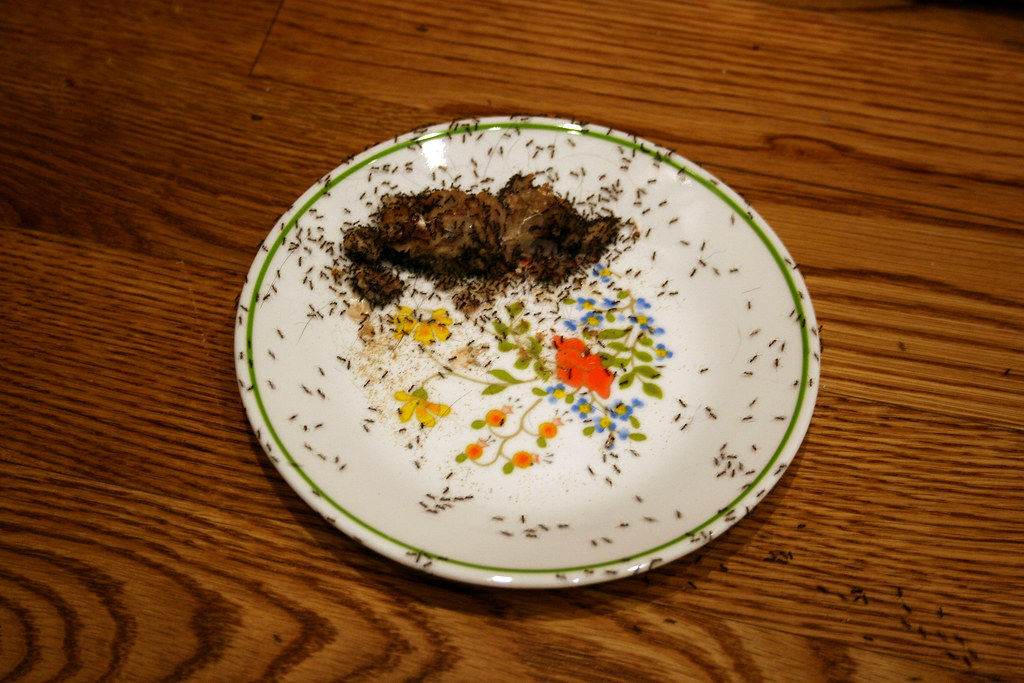Ants can be a major nuisance when it comes to feeding your pets. Keeping ants out of cat food is a constant battle for many cat owners. These tiny pests are attracted to the smell of food and can quickly invade your pet’s feeding area. Fortunately, there are various methods to prevent ants from accessing your cat’s food and ensure your pet’s meals stay ant-free.
 Feeding your cat indoors can also help since ants are more likely to invade outdoor areas. If your cat eats outside, it may be easier for ants to find the food. Moving the feeding station indoors will reduce the likelihood of ant infestations.
Feeding your cat indoors can also help since ants are more likely to invade outdoor areas. If your cat eats outside, it may be easier for ants to find the food. Moving the feeding station indoors will reduce the likelihood of ant infestations.
Choose the Right Feeding Location
One of the simplest ways to keep ants out of cat food is by placing the food in an area that is less accessible to ants. Ants often enter homes through cracks in walls, windows, or doors and follow clear trails. You can reduce the chances of ants finding food by choosing a feeding spot away from entry points. Consider placing the cat’s food in the middle of a room or on a higher surface that is harder for ants to access. Feeding your cat indoors can also help since ants are more likely to invade outdoor areas. If your cat eats outside, it may be easier for ants to find the food. Moving the feeding station indoors will reduce the likelihood of ant infestations.
Feeding your cat indoors can also help since ants are more likely to invade outdoor areas. If your cat eats outside, it may be easier for ants to find the food. Moving the feeding station indoors will reduce the likelihood of ant infestations.




